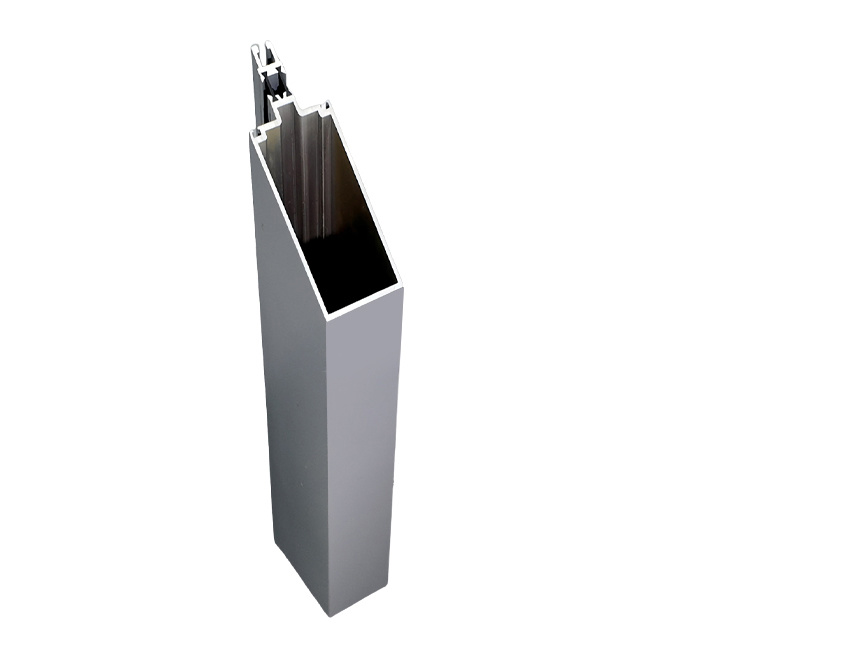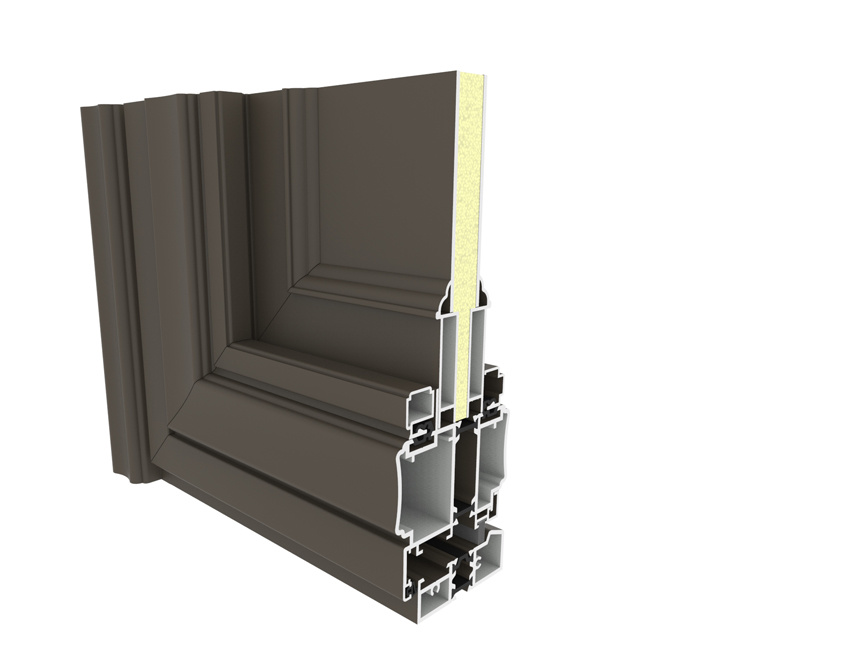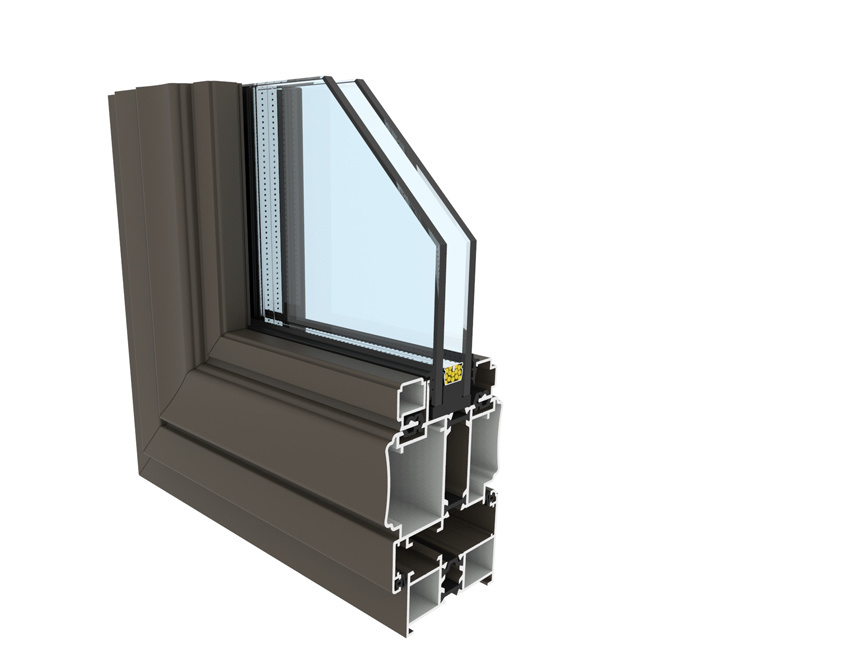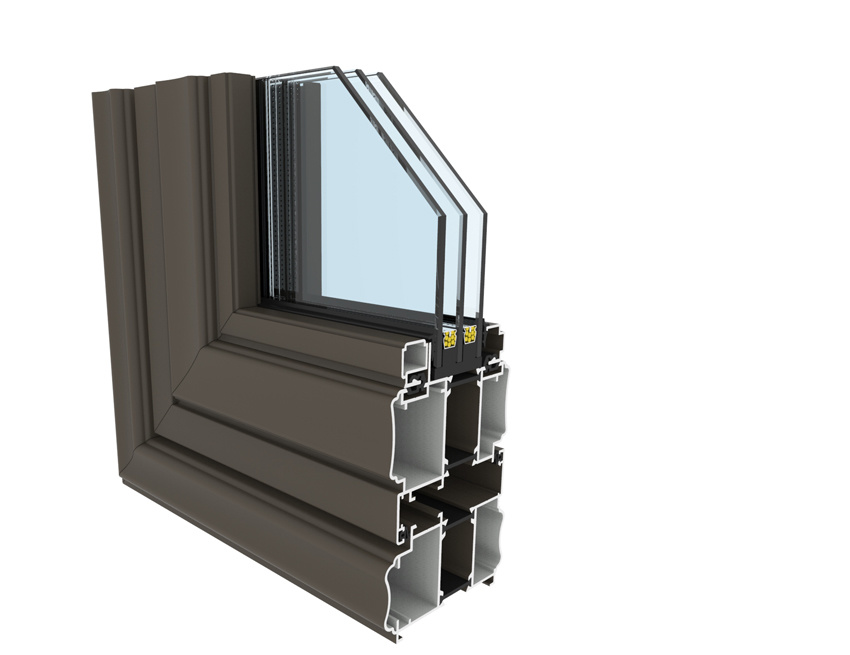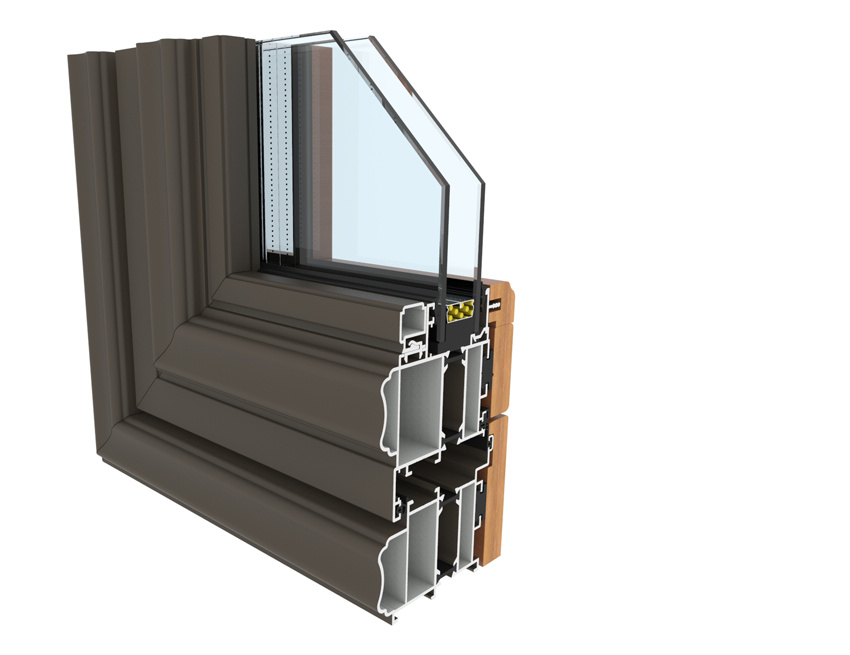Understanding Thermal Barrier Curtain Walls: Enhancing Energy Efficiency in Modern Architecture
Release time:
2025-10-17
In today’s architectural landscape, energy efficiency has become a critical concern. One of the most effective solutions to enhance building performance is through the use of thermal barrier curtain walls. These systems not only provide structural support but also significantly improve energy efficiency, making them an integral component of modern construction. A thermal barrier curtain wall is es
In today’s architectural landscape, energy efficiency has become a critical concern. One of the most effective solutions to enhance building performance is through the use of thermal barrier curtain walls. These systems not only provide structural support but also significantly improve energy efficiency, making them an integral component of modern construction.
A thermal barrier curtain wall is essentially a non-structural facade system that is designed to shield the interior of a building from external temperature fluctuations. This is achieved by incorporating insulating materials that create a thermal break, which effectively reduces heat transfer between the interior and exterior environments. By minimizing the amount of heating or cooling required to maintain comfortable indoor temperatures, thermal barrier curtain walls contribute to lower energy consumption and reduced utility costs.
One of the primary benefits of using thermal barrier curtain walls is their ability to enhance the overall thermal performance of a building. They are designed to limit the transfer of heat and cold, which can lead to significant energy savings over time. In colder climates, these walls help to retain heat within the building, reducing the need for excessive heating systems. Conversely, in warmer climates, they help to keep the interior cool by reflecting heat away from the building, thus minimizing the reliance on air conditioning.
Moreover, thermal barrier curtain walls can play a crucial role in improving occupant comfort. A well-insulated building can maintain stable indoor temperatures, reducing drafts and cold spots. This leads to a more pleasant living and working environment, which is especially important in commercial buildings and high-rise apartments where comfort is paramount.
Another essential aspect of thermal barrier curtain walls is their contribution to sustainability. With an increasing emphasis on environmentally friendly building practices, these systems align with green construction goals. By reducing energy consumption, they help decrease greenhouse gas emissions and lessen the overall carbon footprint of a building. Furthermore, many thermal barrier systems can be designed using recyclable materials, further enhancing their eco-friendly credentials.
In summary, thermal barrier curtain walls are a vital innovation in the field of architecture and building materials. They provide significant advantages in terms of energy efficiency, occupant comfort, and sustainability. As the building industry continues to evolve, the adoption of these systems will likely increase, paving the way for more energy-efficient and environmentally responsible structures. Understanding the benefits of thermal barrier curtain walls can empower architects, builders, and property owners to make informed decisions that align with modern energy standards and sustainability goals.
A thermal barrier curtain wall is essentially a non-structural facade system that is designed to shield the interior of a building from external temperature fluctuations. This is achieved by incorporating insulating materials that create a thermal break, which effectively reduces heat transfer between the interior and exterior environments. By minimizing the amount of heating or cooling required to maintain comfortable indoor temperatures, thermal barrier curtain walls contribute to lower energy consumption and reduced utility costs.
One of the primary benefits of using thermal barrier curtain walls is their ability to enhance the overall thermal performance of a building. They are designed to limit the transfer of heat and cold, which can lead to significant energy savings over time. In colder climates, these walls help to retain heat within the building, reducing the need for excessive heating systems. Conversely, in warmer climates, they help to keep the interior cool by reflecting heat away from the building, thus minimizing the reliance on air conditioning.
Moreover, thermal barrier curtain walls can play a crucial role in improving occupant comfort. A well-insulated building can maintain stable indoor temperatures, reducing drafts and cold spots. This leads to a more pleasant living and working environment, which is especially important in commercial buildings and high-rise apartments where comfort is paramount.
Another essential aspect of thermal barrier curtain walls is their contribution to sustainability. With an increasing emphasis on environmentally friendly building practices, these systems align with green construction goals. By reducing energy consumption, they help decrease greenhouse gas emissions and lessen the overall carbon footprint of a building. Furthermore, many thermal barrier systems can be designed using recyclable materials, further enhancing their eco-friendly credentials.
In summary, thermal barrier curtain walls are a vital innovation in the field of architecture and building materials. They provide significant advantages in terms of energy efficiency, occupant comfort, and sustainability. As the building industry continues to evolve, the adoption of these systems will likely increase, paving the way for more energy-efficient and environmentally responsible structures. Understanding the benefits of thermal barrier curtain walls can empower architects, builders, and property owners to make informed decisions that align with modern energy standards and sustainability goals.
Related News
CONTACT INFORMATION
location
Address
Lijiaxiang Industrial Zone, National Highway 104, Changxing County, Huzhou City
Copyright © 2025 Zhejiang Boao Aluminum Industry Co., Ltd.


